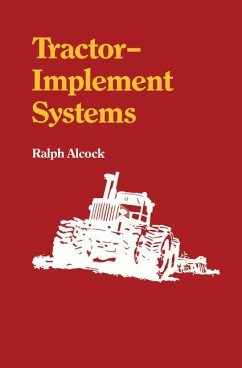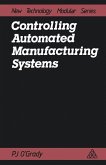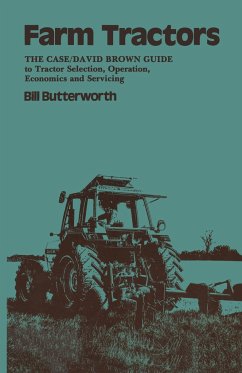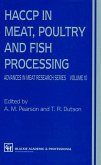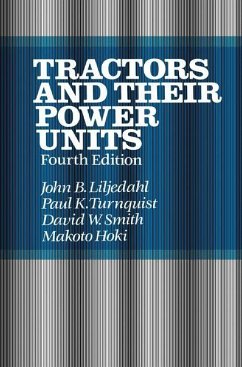Agriculture has benefited considerably from the wide-scale use of tractors and associated implements. Tractors have developed along two, at times contradictory, design paths. The first of these has resulted in functional improvements to the vehicle, making it capable of im proved performance in the often harsh environmental conditions in which it is required to operate. For example, agricultural tires have improved the versatility of tractors by allowing them to operate at relatively high speeds on a variety of terrains, and hydraulics have provided for flexibility in controlling and operating implements. It can also be seen that these particular functional design improvements have contributed significantly to the second design pathway, that of ergon omics, and the human-machine interface. Recent stress on the working environment for the tractor operator has led to design improvements relative to tractor cabs, the placement and labeling of controls, etc. This text discusses thosefactors relevant to the design, selection, and operation of tractor-implement systems. The audience for which it is intended is undergraduate and graduate students of agricultural engineering studying power and machinery. However, the text is suf ficiently applied to have relevance for those extension personnel in volved with advising farmers on the selection and operation of tractor implement combinations. The tractor cannot be regarded in isolation from the implement, nor from the environment in which both the tractor and implement are ix x Preface working.

